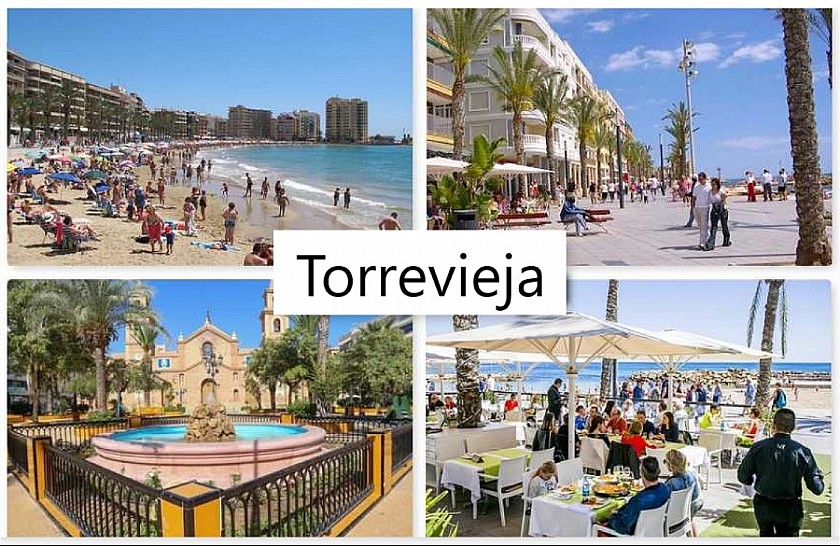
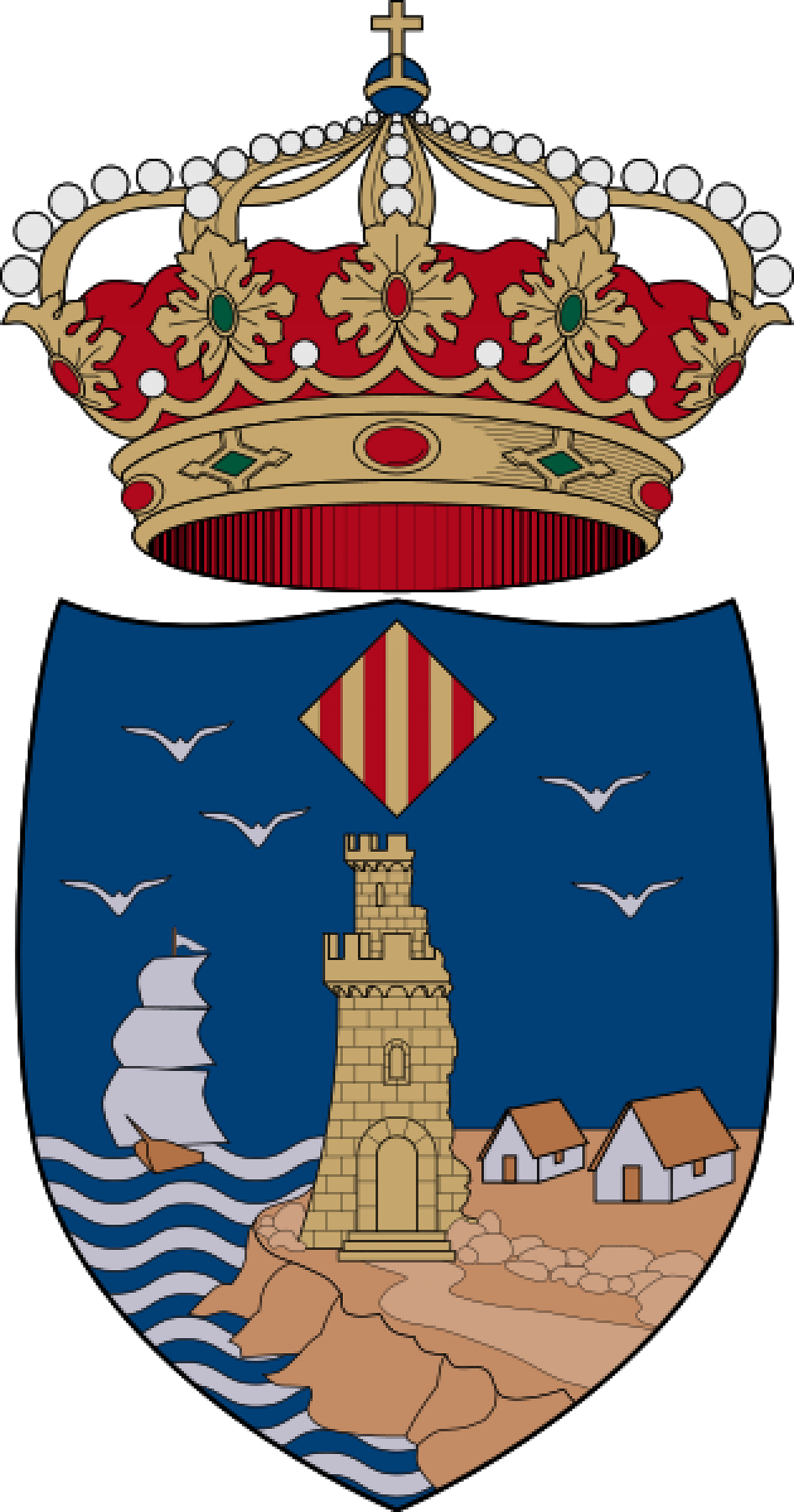
Population:
82.599 (2018)
Flag:
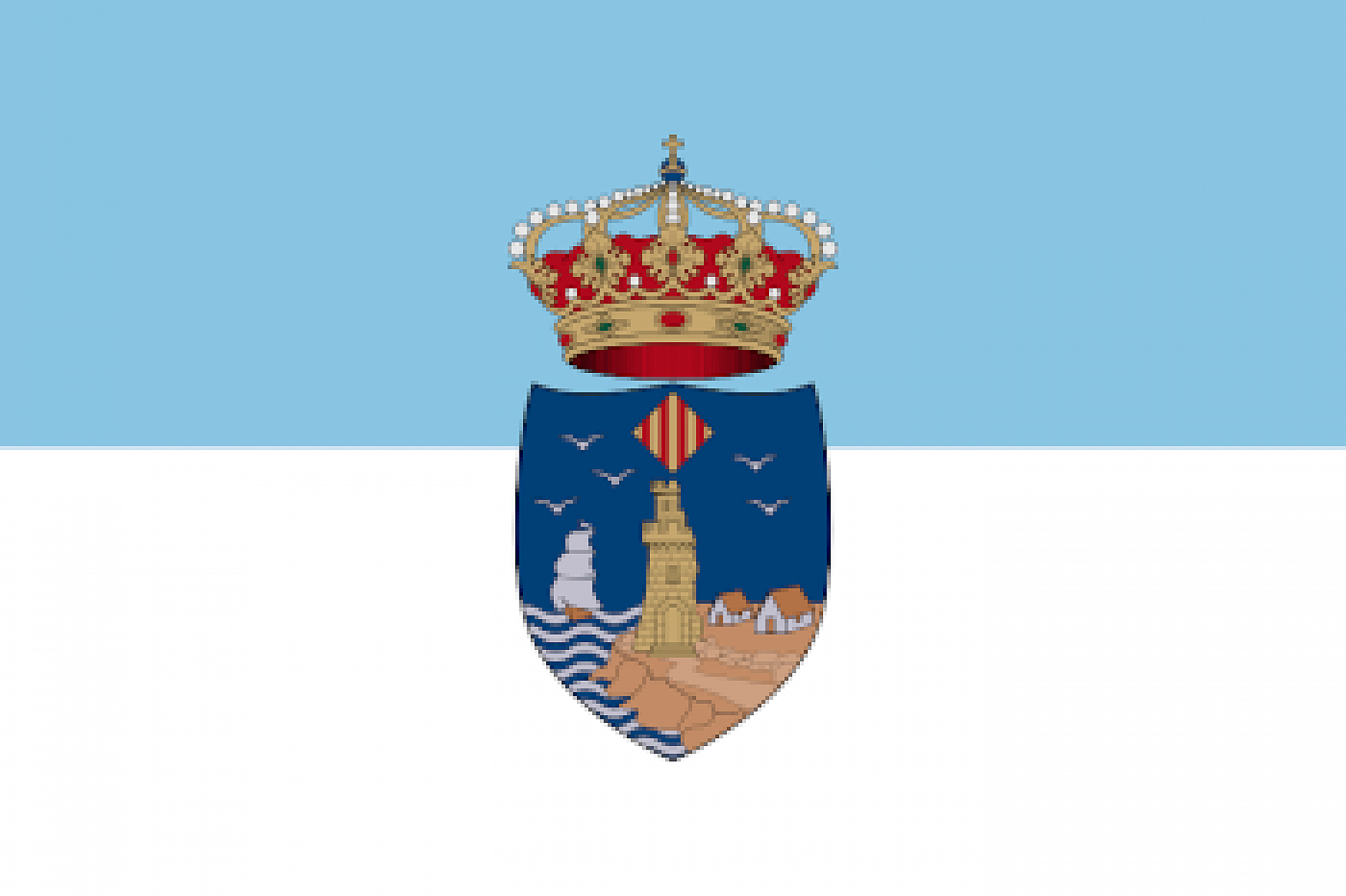
Watch:
Video Torrevieja
Belong to Torrevieja:
Location: Coast
Airport: 42 km (Alicante)
Cartagena: 60 km
Torrevieja in Vogelvlucht:
How do you transform from a sleepy fishing village with a healthy salt industry to a modern city with all the amenities needed for a thriving tourist industry? That is the question that Torrevieja administrators had to ask themselves when the go-ahead was given for a tidal wave of construction activities. In taking stock, decades after Torrevieja resolutely took a new path, it appears that the city has found a healthy balance between the achievements of the past and a progressive vision of the future.
Anyone who walks around the city is regularly reminded of the Torrevieja of yesteryear. Ancient buildings, museums, the Moorish watchtower in La Mata, the imposing wooden structure where the salt was then loaded for a long overseas journey and a series of statues and monuments all hark back to the days when everything revolved around fishing and salt.
But Torrevieja is now also the place that relies heavily on a high level of amenities for tourists and home buyers from the rest of Europe. In addition, the city has made a name for itself over the years as the cultural capital of the southern Costa Blanca with a large number of theaters.
Although the administrators of Torrevieja deserve credit for finding the current balance between tradition and the future, they have of course also been helped a lot by what Mother Nature threw in their lap. The calm Mediterranean made it all a lot easier to develop a healthy tourism industry. The two large salt lakes of La Mata and Torrevieja helped to entice nature lovers and those looking for a healthy climate.
The long coastline of fourteen kilometers is the area where many of the activities take place in Torrevieja. Daily life is buzzing on and along the ten (!) Promenades. From the northernmost Paseo de la Mata to the southern Paseo de Punta Prima, visitors stroll, walk and jog along the waters of the Med. The street scene is dictated by long stretches with terraces, bars, restaurants and shops. Various statues and monuments, which mainly pay tribute to the heyday of fishing and the salt industry, give the promenades an extra dimension that connect the past and the present.
A major draw can be found on Paseo Vista Alegra where a daily tourist market is held and souvenir hunters can buy their memory of sunny Torrevieja. This is right along the port area where the whole family can find entertainment at a fair for a large part of the year.
And then of course there are the beaches. The wide choice between long sandy beaches and cozy bays makes it easier for visitors to choose their favorite beach. Once lounging on the sand, it is high time for some to venture into one of the many water sports activities. Here too there is plenty of choice. A selection of these: surfing (wind, paddle and kite), kayaking, snorkeling, diving, sailing, fishing and so on. Those who want to have an authentic experience at sea can join a fishing boat for a day and see how the sailors earn their living.
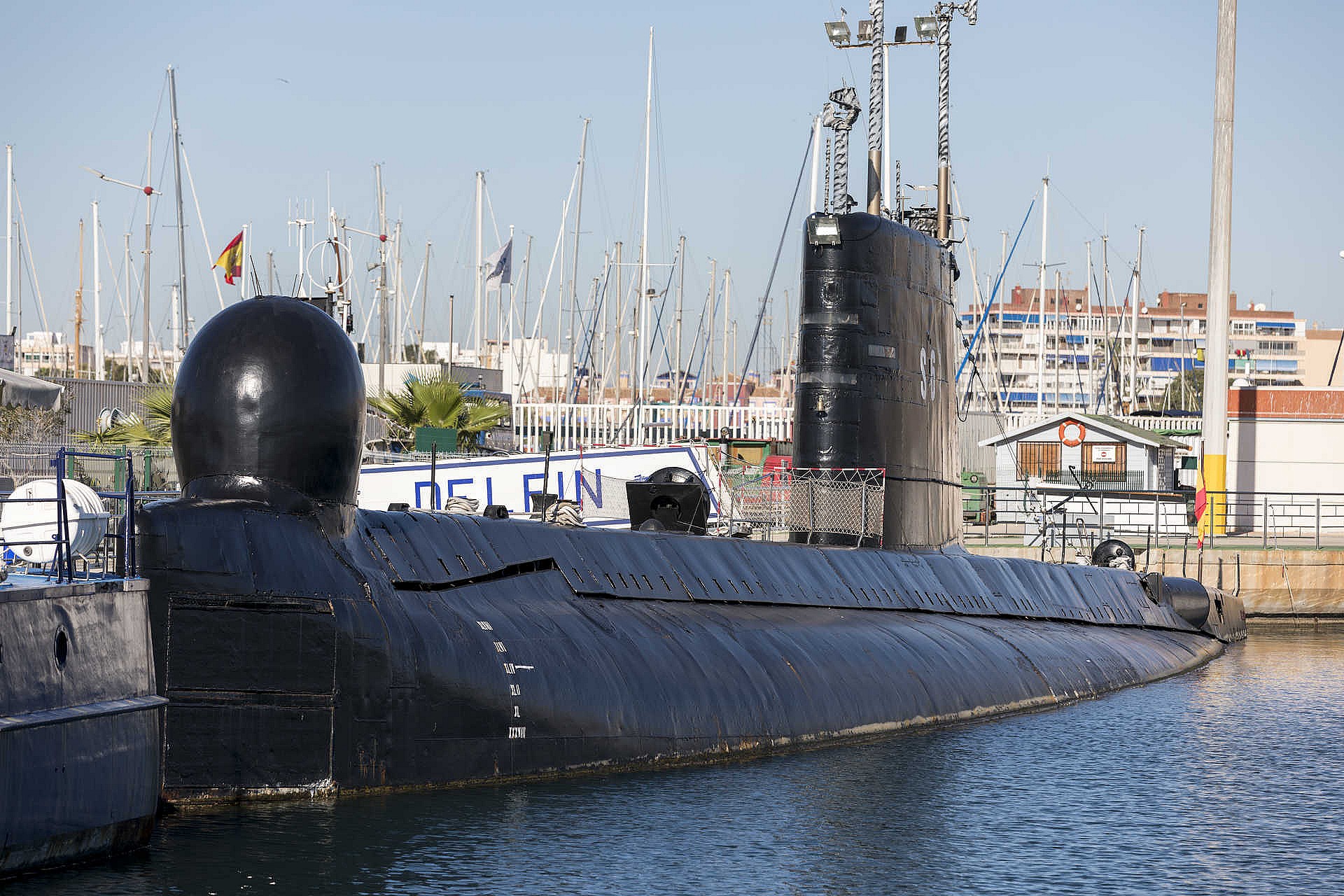
Torrevieja also boasts two floating museums moored in the harbor. The submarine S-61 Delfin was the first ship of the Spanish Navy to be converted into a museum. Everyone can now take a look inside the submarine and see how difficult it was for the crew to live and work in this limited space. Since 2006, the patrol boat Albatros III can also be visited. For a long time, this ship supervised the coastal waters in the service of customs. In the future, a third ship will be on display as a museum. A replica of the Pascual Flores sailing ship is undergoing renovation and will be added to the fleet of floating museums upon completion. This ship is typical of the sailing boats that made the crossing to the Caribbean with loads of salt at the time.
For nature lovers, Torrevieja is first and foremost connected with the two salt lakes, which take up such a large area of the total municipality. The lagoons of Torrevieja and La Mata have been a protected area of 3,700 hectares since 1972. This nature reserve is both a source of income and an oasis of peace and food for many bird species. The large colony of flamingos in particular is an important crowd puller. What makes the salt lakes extra special is the striking difference in color. Lake Torrevieja, where salt production still takes place, is pink. The lake of La Mata is green. A number of factors are responsible for this large color difference. Salinity is one of the most important.
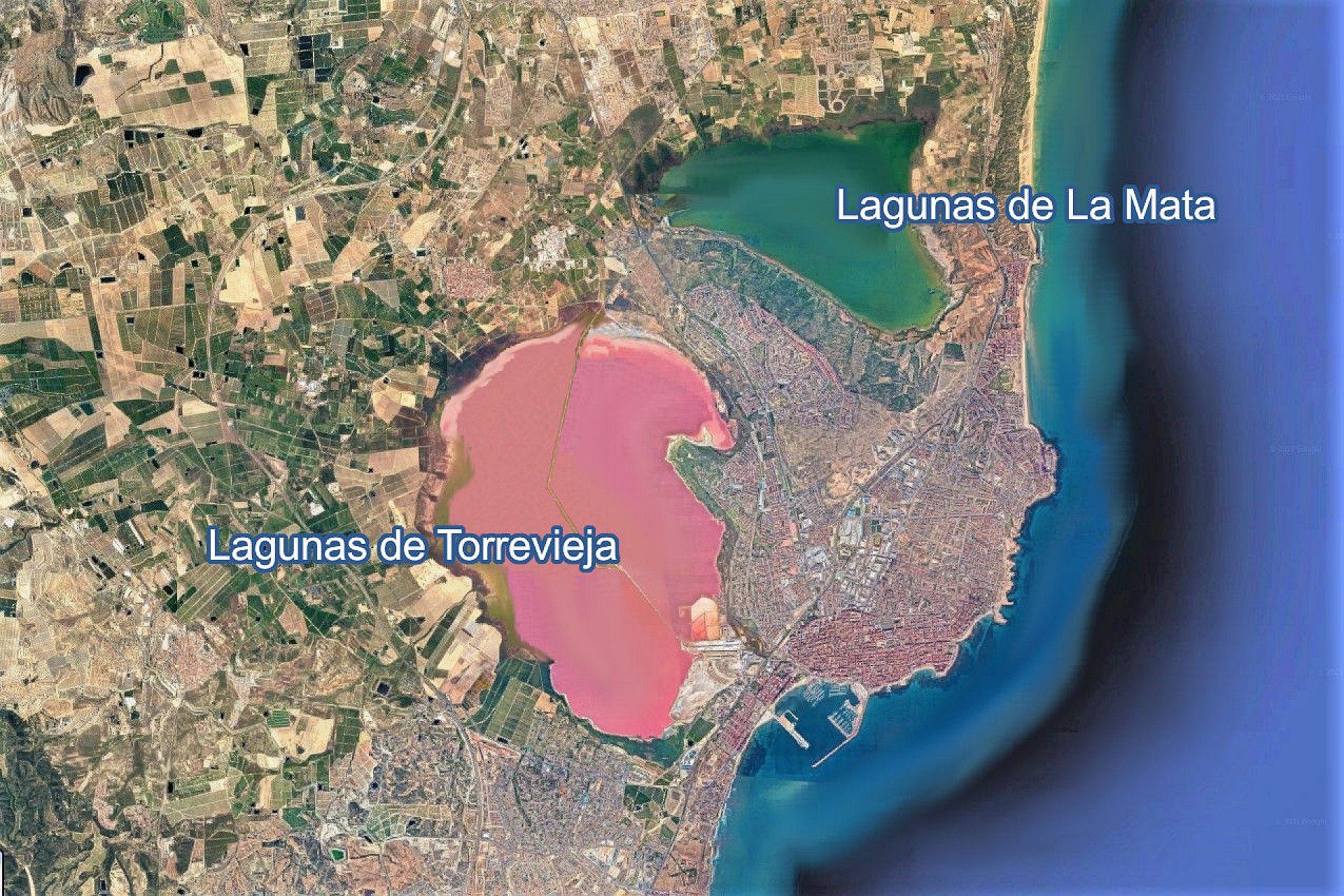
Lake La Mata has a visitor center from which all kinds of walks can be undertaken. The municipality also organizes guided tours in English. In the winter it is during the day and in the summer it is at night. Another way to admire Torrevieja's pride is from a tourist train.
A second important nature reserve is located in La Mata. The Del Molino del Agua Nature Reserve is located right behind the beach and covers 17 hectares. It is a beautiful walking area in and behind the dunes with many pine trees and water features. This is the most southern dune area in the Valencia region.
Torrevieja also has several city parks such as the Parque de las Naciones and the Parque de Dona Sinforosa. In addition to nature, both parks also offer entertainment options for younger visitors. A special park is the Aromatic Park. In the Los Balcones district you will find the Reina de Sal park. This area is quite diverse. In addition to areas where people can relax, it is also the place where residents of the neighborhood can practice a range of different sports, such as jeu de boules, handball, football and table tennis.
Local celebrations are the backbone of Torrevieja's annual festivities. These celebrations reflect on the often ancient local or regional traditions and beliefs. The two main festivals are dedicated to the Virgin Carmen in July and to the Patron Saint of the Immaculate Conception in November and December. Carmen is the patroness of the fishermen and seafarers. This feast is celebrated in several places along the coast. The highlight of this party is a procession of boats. One of them carries a life-size statue of Carmen. A flower offering is made at sea. In addition to this religious part of the celebration, many lighthearted activities take place, such as music, dance, fireworks and a spectacle in the harbor where young people try, often in vain, to walk over a greased pole without falling into the water.
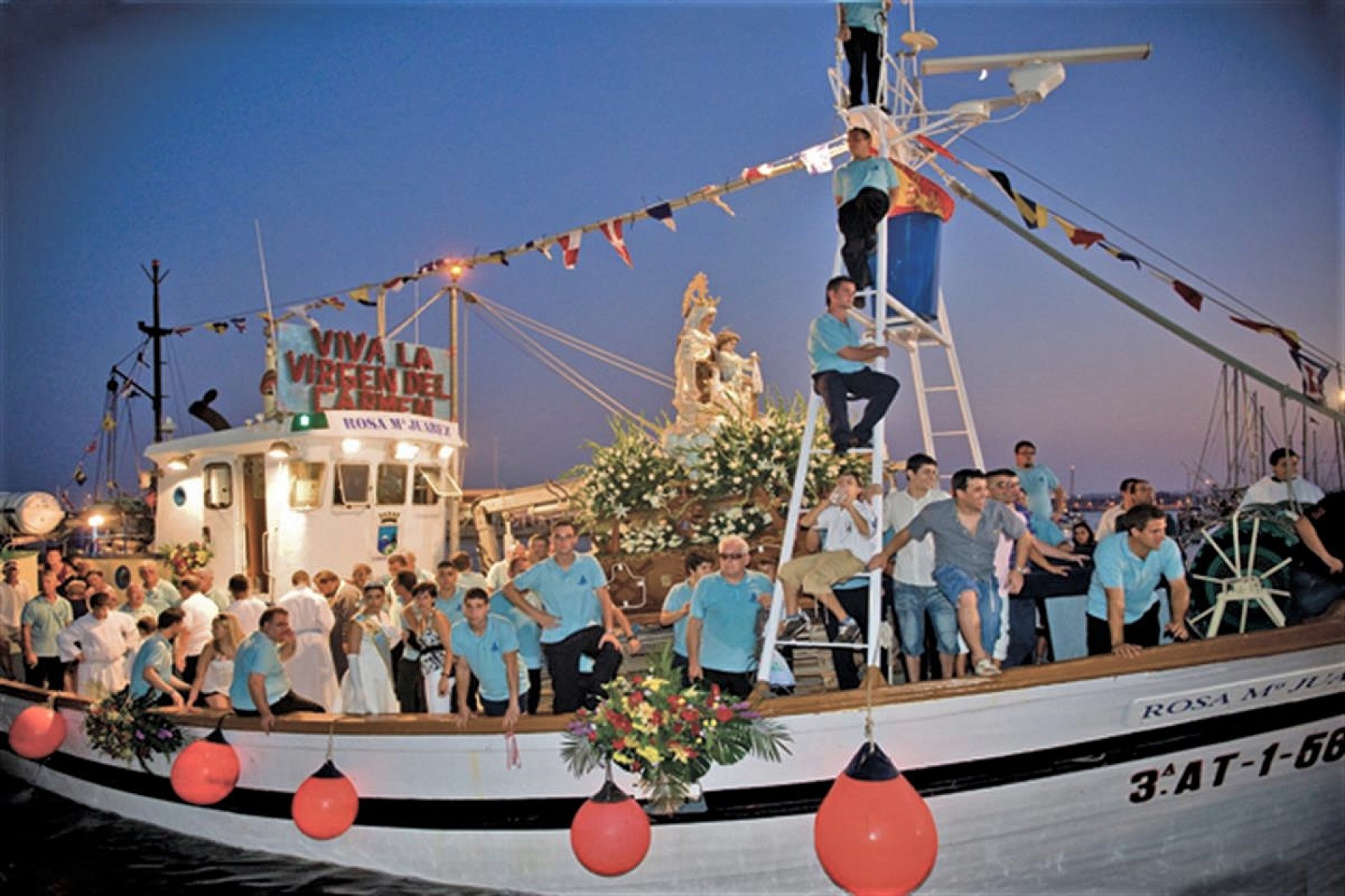
The November / December party features a street parade of people with huge paper mache heads as one of the highlights. The program also includes a Eucharist, gastronomic competitions and concerts. In June, a party is dedicated to the Virgin of El Rocio. This is primarily a pilgrimage in which a life-size image of this virgin is carried through the city. Regular topics include children's games and a procession with horses.
Saint Emigdio is known as the co-patron saint of the city. His image is carried in a pious procession to a chapel in the Parque de las Naciones at the beginning of August. Finally, it is La Mata's turn in October. The patron saint is the virgin Rosario. Also this time there is a procession with her image. Many children's games, a parade with floats, fireworks and a range of religious activities complete this celebration.
In addition to all these festivals, which are more or less specific to Torrevieja, the city has a number of other festivals that are celebrated in many places in Spain. These are: the Three Kings Parade (January), Carnival (February), Easter Week (March or April) and the bonfires of San Juan (June).
In addition to the many parties, two important multi-day festivals are on the calendar every year. The first is the Sevillanas festival in May. The port area at Paseo Vista Allegra is then immersed in Sevillian atmospheres for five days. That means a lot of flamenco music and dance, Andalusian horses and the typical clothing of Seville. The public can go to about thirty large tents for a dance and tapas. Every night, music and dance shows are performed by both local and internationally recognized artists.
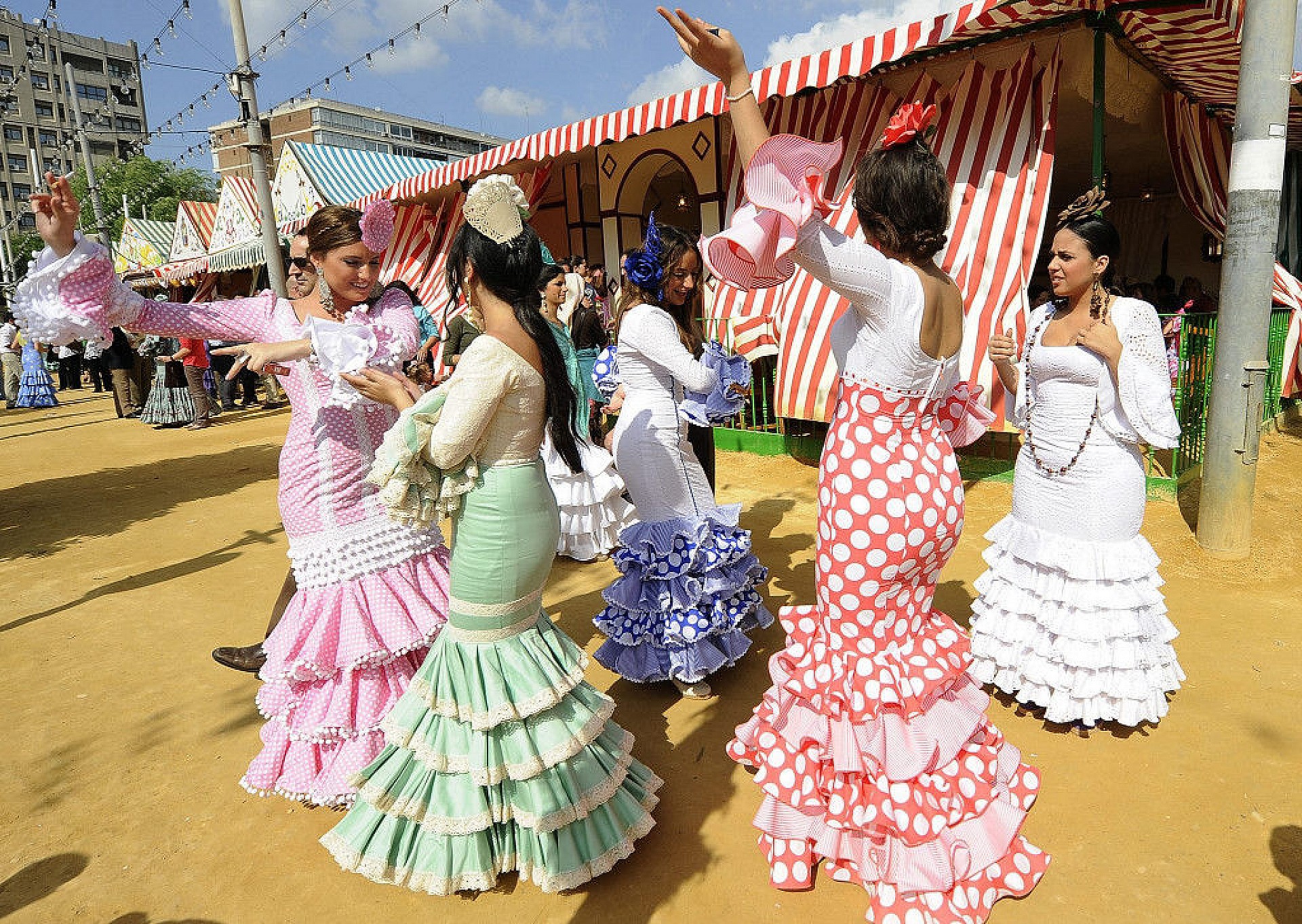
Torrevieja is without a doubt proud of the International Habaneras festival. This event has been held since 1955 and attracts choirs from all over the world. These are in competition with each other. The origin of this festival dates back to the time when seafarers brought salt to Cuba. There they got to know the habanera songs and introduced them to the local population. These romantic songs are still at the forefront of the annual competitions, which are broadcast on both radio and TV. The outdoor performances take place at the Eras de Sal. A special evening is reserved for the 'Night on the beach' at Playa del Cura.
To underline the importance of culture for Torrevieja, several cultural buildings have been realized in recent decades. The most eye-catching is the international auditorium, which is architecturally inspired by the famous Berlin Philharmonic. On a hilltop overlooking the two salt lakes, it houses a large hall suitable for concerts by symphonic orchestras.
The Virgen del Carmen cultural center in the center has an exhibition space and an auditorium, suitable for 320 visitors. Torrevieja's music center is another venue that hosts many events and concerts. Finally, there is the municipal theater, near the salt museum, which, with a capacity of 650 visitors, can also host a wide range of performances.
There is a large field in the Antonio Soria park for outdoor shows. An electropop festival, musicals and concerts by international pop stars such as R.E.M., Shakira and Duran Duran have already been organized there in the past.
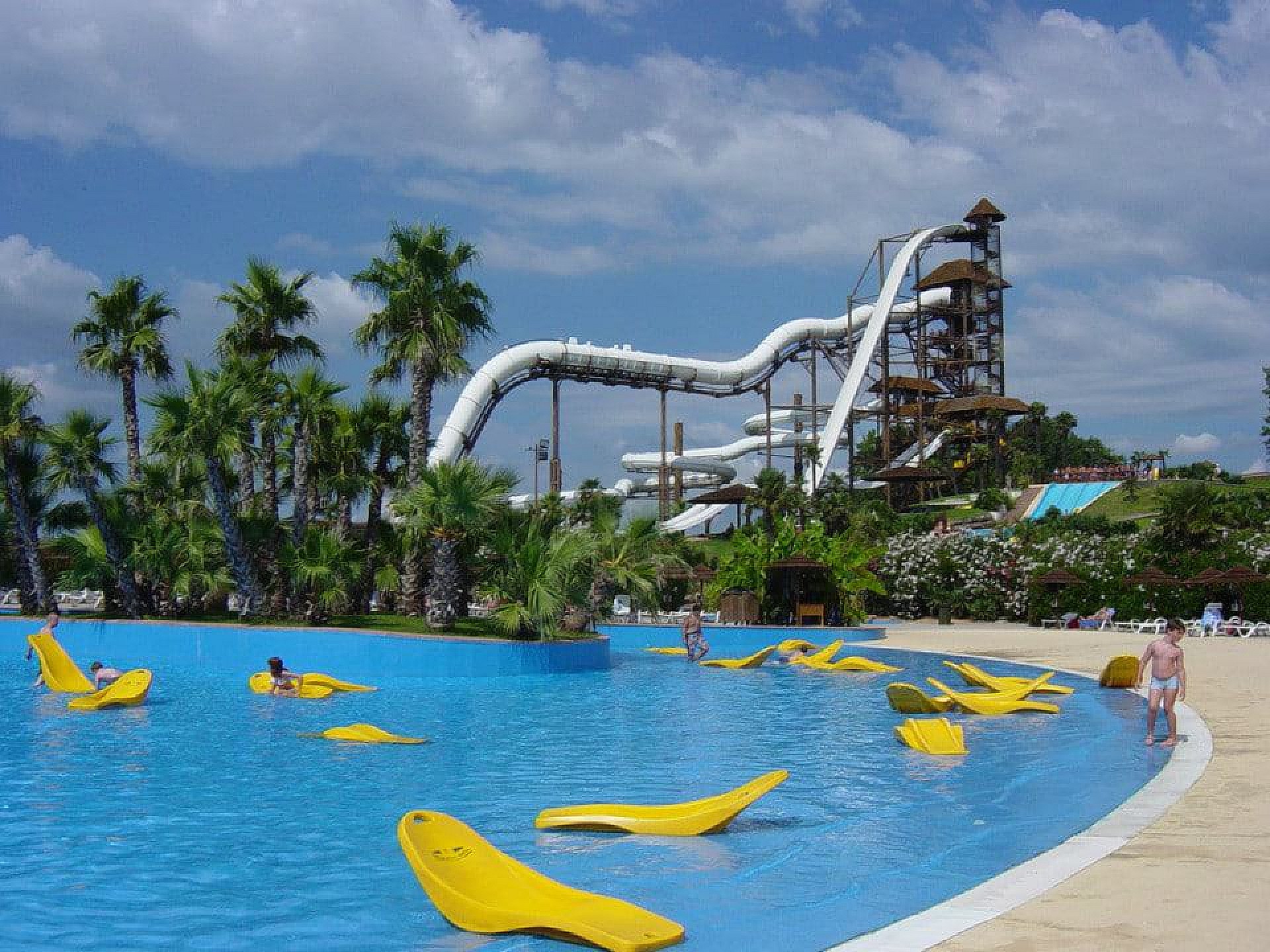
Torrevieja Sports City is a large sports complex of 300,000 m². With this complex of international allure, the city has made a clear business card that Torrevieja takes sport very seriously. Sports City houses first-class facilities for a range of different sports. There are soccer fields, ten tennis courts, eight paddle tennis courts, a gym, a rugby field, an Olympic-size heated swimming pool, two outdoor pools and a running track.
For young people looking for a combination of sportsmanship and fun, Torrevieja has two large water parks. And of course you can choose from a wide variety of water sports on the beaches and in the marines.